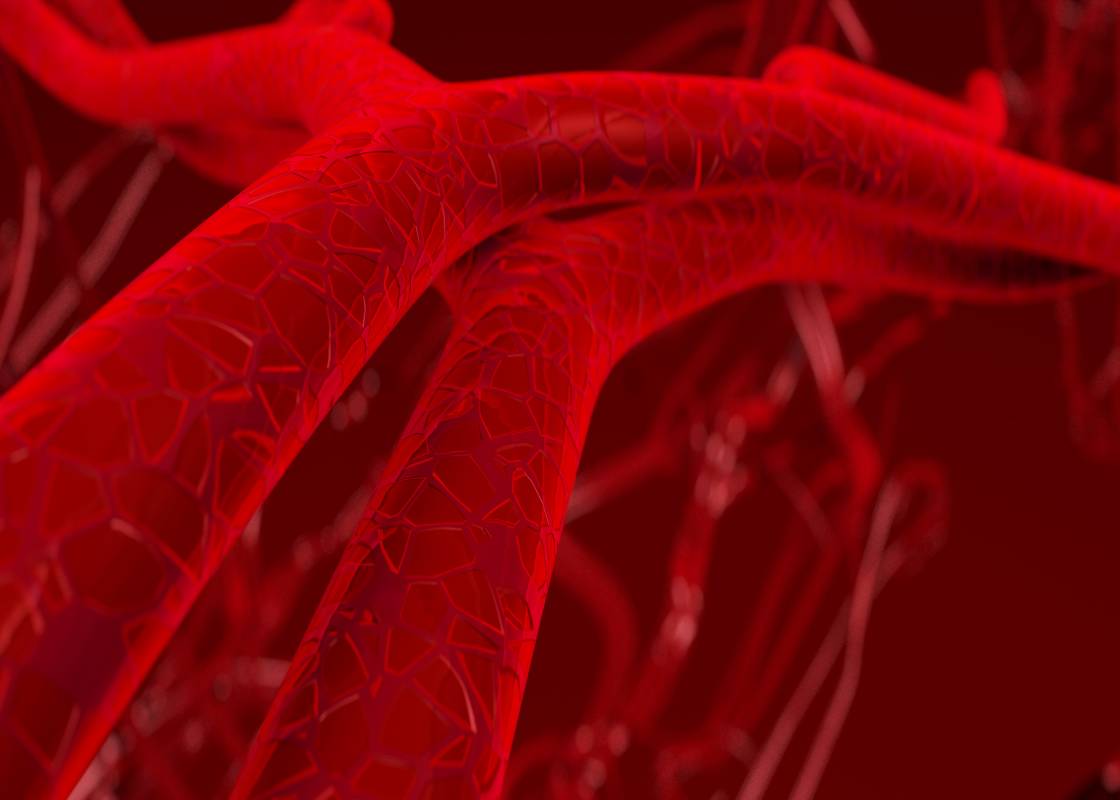Hemodynamics, or the measure of blood flow throughout the body, plays a significant role in surgical outcomes. Hemodynamic problems can result in complications such as hypertension, hypotension, and irregular heartbeat [1]. Unfortunately, surgery can trigger hemodynamic issues and, thus, endanger patients’ lives. Surgery’s impact on hemodynamics contributes to the 1 to 4% postoperative mortality rate reported in developed countries [2]. The postoperative mortality rate is even more striking among high-risk patients. Although they represent just 10% of surgical procedures performed under anesthesia, high-risk patients suffer 80% of perioperative deaths [3]. Research indicates that hemodynamic optimization could lower the death rate among high-risk patients [3].
Various aspects of surgery impact hemodynamics. For instance, anesthetic agents can be of particular concern because they lower heart rate and blood pressure [4]. This can be true regardless of whether patients receive reduced levels of anesthetic agents [4]. Even at lower doses, anesthesia can still impair peripheral neural function and have profound effects on the body’s hemodynamic responses [4]. Therefore, anesthesiologists are forced to strike a difficult balance between pain management and hemodynamic stability — both of which are crucial to a successful operation.
Another way that surgery can impact hemodynamics comes in the form of preoperative anxiety. Such anxiety is characterized by feelings of apprehension, nervousness, tension, fear, and discomfort before an operation [5]. Studies have found that high preoperative anxiety can affect hemodynamics by increasing mean heart rate, arterial pressure, and systolic blood pressure [5]. Helping patients control high preoperative anxiety is thus a way to ensure better hemodynamics during a procedure.
Lastly, the technique that a surgeon opts to use can also have significant implications for a patient’s hemodynamics. For instance, Parachuri and colleagues found that modified linear endoventricular patch plasty contributes to marked improvements in hemodynamic performance during surgical ventricular restoration, compared to another common technique, endoventricular circular patch plasty [6]. Surgeons should consider hemodynamics as early as the preoperative phase when they are weighing different surgical methods.
There are other ways that surgery can affect hemodynamics as well. Thus, it is clear that medical professionals must be proactive in addressing hemodynamic issues. One cornerstone of surgery is hemodynamic monitoring. Specifically, medical professionals should track articular and ventricular blood pressure every five minutes [7]. While non-intensive monitoring in the form of a blood pressure cuff is standard practice, high-risk patients may require more intensive monitoring techniques, such as arterial lines and Swan-Ganz catheters [Blair]. Providers should also use vasoconstrictors and fluids to maintain blood flow and perfusion pressure in safe zones, but in doing so, they should similarly make sure to avoid volume overload [2].
Admittedly, there continues to be significant disagreement among medical practitioners about the best way to optimize hemodynamics [2]. Nevertheless, hemodynamic optimization is associated with decreased time in the intensive care unit, increased cost-effectiveness, and better patient outcomes [3, 8]. Therefore, taking steps before and during surgery to properly manage hemodynamics is of the utmost importance.
References
[1] M. J. London, “Hemodynamic Management During Anesthesia in Adults,” UpToDate, Updated July 13, 2023. [Online]. Available: https://www.uptodate.com/contents/hemodynamic-management-during-anesthesia-in-adults.
[2] J. Fellahi et al., “Perioperative Hemodynamic Optimization: From Guidelines to Implementation—An Experts’ Opinion Paper,” Annals of Intensive Care, vol. 11, no. 58, pp. 1-10, April 2021. [Online]. Available: https://doi.org/10.1186/s13613-021-00845-1.
[3] M. Cannesson et al., “Hemodynamic monitoring and management in patients undergoing high risk surgery: a survey among North American and European anesthesiologists,” Critical Care, vol. 15, no. R197, pp. 1-11, August 2011. [Online]. Available: https://doi.org/10.1186/cc10364.
[4] T. Abbott and G. L. Ackland, “The Relationships between Anesthesia Hemodynamics and Outcomes,” in Perioperative Hemodynamic Monitoring and Goal Directed Therapy. Cambridge, United Kingdom: Cambridge University Press, 2014, ch.26, pp. 224-30. Accessed October 4, 2023. [Online]. Available: https://www.cambridge.org/core/books/perioperative-hemodynamic-monitoring-and-goal-directed-therapy/relationships-between-anesthesia-hemodynamics-and-outcome/E013D60714A976C872D32261CFD7DFA4.
[5] M. Tadesse et al., “The hemodynamic impacts of preoperative anxiety among patients undergoing elective surgery: An institution-based prospective cohort study,” International Journal of Surgery Open, vol. 42, pp. 1-11, June 2022. [Online]. Available: https://doi.org/10.1016/j.ijso.2022.100490.
[6] V. Rao Parachuri & S. M. Adhyapak, “The Impact of Surgical Technique on Cardiac Hemodynamics Following Surgical Ventricular Restoration,” in Ventricular Geometry in Post-Myocardial Infarction Aneurysms. London: Springer-Verlag, 2012, ch.9, pp. 95-111. Accessed October 4, 2023. [Online]. Available: https://doi.org/10.1007/978-1-4471-2861-8_9.
[7] G. J. Blair, “Hemodynamic Monitoring in the Operating Room,” Medscape, Updated March 11, 2022. [Online]. Available: https://emedicine.medscape.com/article/2500066-overview.
[8] J. M. Silva-Jr. et al., “Impact of perioperative hemodynamic optimization therapies in surgical patients: economic study and meta-analysis,” BMC Anesthesiology, vol. 20, no. 71, pp. 1-12, 2020. [Online]. Available: https://doi.org/10.1186%2Fs12871-020-00987-y.


